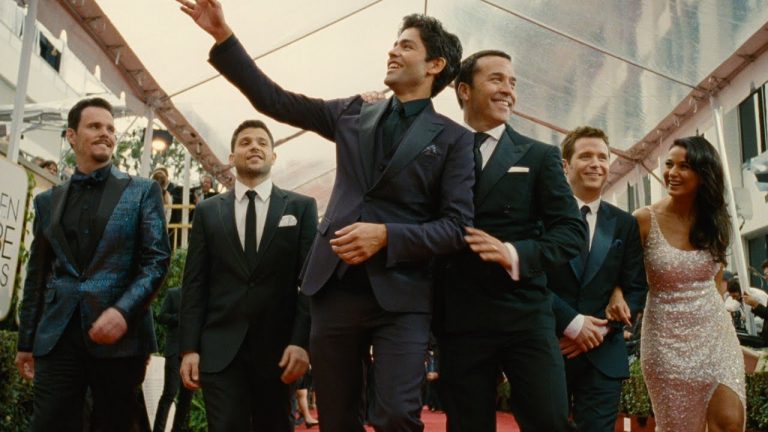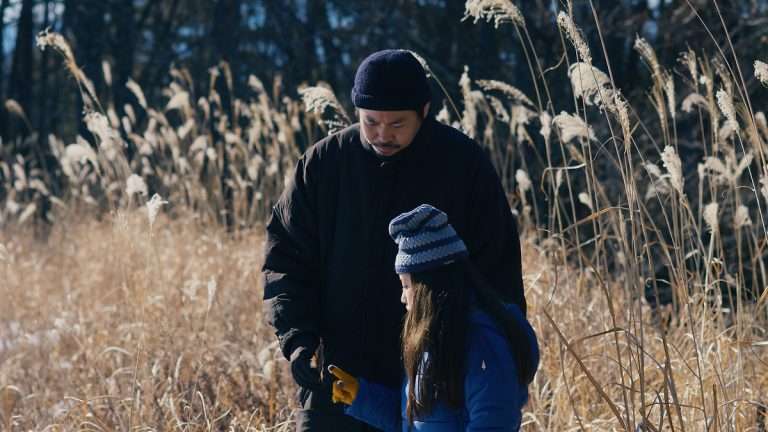Animation is often incorrectly assumed to be a medium that is exclusively intended for children, but it often provides empathy for younger audiences in a way that live-action projects struggle to offer. Children are at such a tender moment in their development that the entire world feels larger-than-life, perspectives are distorted, and even the most innocuous of moments could feel transcendent. It’s an overwhelmingly visceral mindset that lends itself to an impressionistic, free-flowing work of imagination.
“Little Amélie or the Character of Rain” (Original title: Amélie et la métaphysique des tubes, 2025) is a rare animated film that is aimed at and represents the feelings of children, yet retains the wisdom of an older narrator recounting her story. It’s a personal, direct, and accessible perspective on the emergence of consciousness that uses small-scale ways to examine larger-than-life feelings.
Based on the memoir of the same name by Amélie Nothomb, “Little Amélie or the Character of Rain” is the story of a child born in Japan to Belgian parents. Although Amelie is not at an age where she can appreciate the cultural specificity of her surroundings, she is shaped by the distinctly Japanese belief that children are treated as god-like beings until they reach the age of three, where they experience self-awareness and actualization.
Amelie is initially considered to be underdeveloped in her emotions, but her world begins to brighten after an exciting experience involving chocolate with her grandmother. The film encompasses this initial spark of curiosity and exhilaration that comes with being at the precipice of discovery at each waking moment.
“Little Amélie or the Character of Rain” is impressive in its ability to find dimensionality to a character so young, as most of the best children’s animated films project a sense of maturity and assuredness to their young protagonists for the sake of a more dynamic narrative. Three-year-olds may not have very complex thoughts or understand why they feel certain ways, but “Little Amélie or the Character of Rain” is primarily focused on its sensory overload, which comes across in a series of charming anecdotes.
The structure is sporadic and at times repetitive, which is the best way to embody this moment in a child’s life. Any frustrations that come from Amelie’s behavior may be felt by older audiences, who likely experience the same inability to convey knowledge that her parents do in trying to set rules and beliefs.
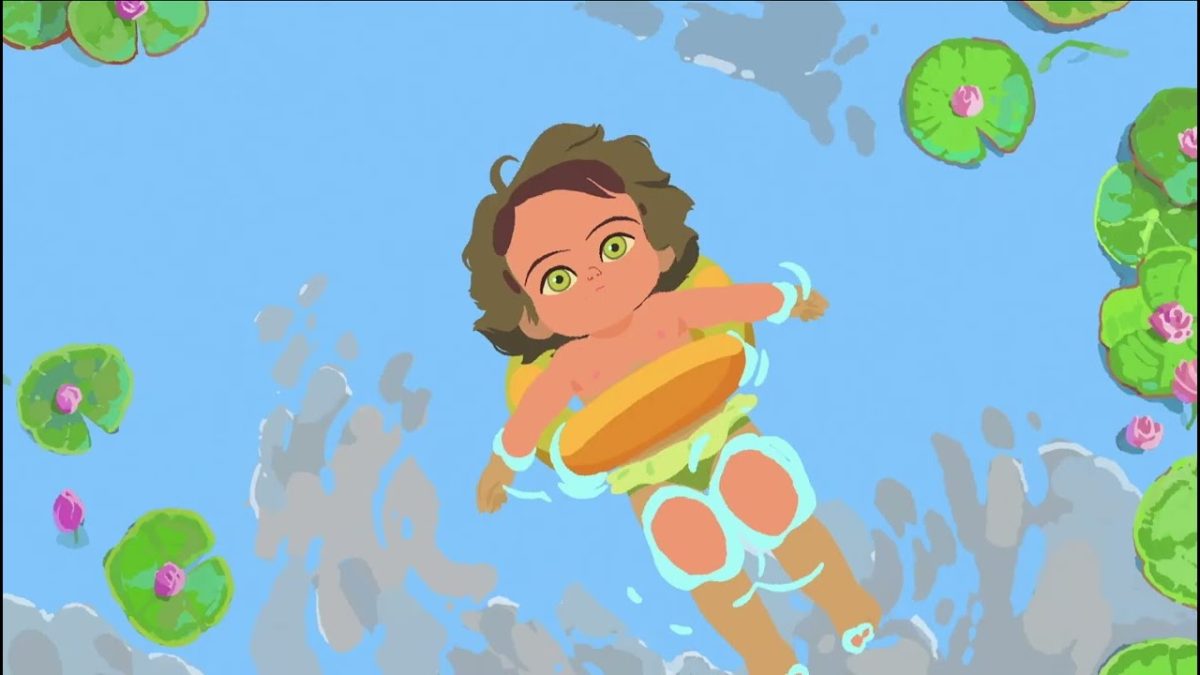
Also Read: All 24 Oscar-Winning Animated Movies Ranked from Worst to Best
“Little Amélie or the Character of Rain” plays upon familiar imagery for stories of early childhood; Amelie is inundated by nature, and particularly finds herself compelled by water. Animating liquid is a particularly challenging task, particularly in a more traditional 2D style, but “Little Amélie or the Character of Rain” finds the right balance between lyricism and emotional authenticity. Although the film is aimed at showing the way that Amelie anticipated the unpredictability of her surroundings, as she is not yet knowledgeable about the nature of physics, there’s still a consistency to the visuals that prevents it from becoming obliquely metaphorical.
“Little Amélie or the Character of Rain” is also clever in the way it bends aspects of different cultures to encapsulate Amelie’s worldview. She’s a Belgian child raised with Buddhist beliefs in Japan, but she’s also taught lessons by relatives of an older generation, and hears whispers of the political circumstances that surround her parents’ decision to move. The film is at its least successful when trying to anchor itself in history.
Amelie would never be at a stage when she was so young where she would have a grasp on even a basic comprehension of politics or migration, and the film’s brief references to the fascinating context hint at a more interesting story that is never seen. That being said, the film is able to convey some of the more difficult-to-visualize aspects of Buddhist culture from an outsider’s perspective in a way that does not feel demeaning or voyeuristic.
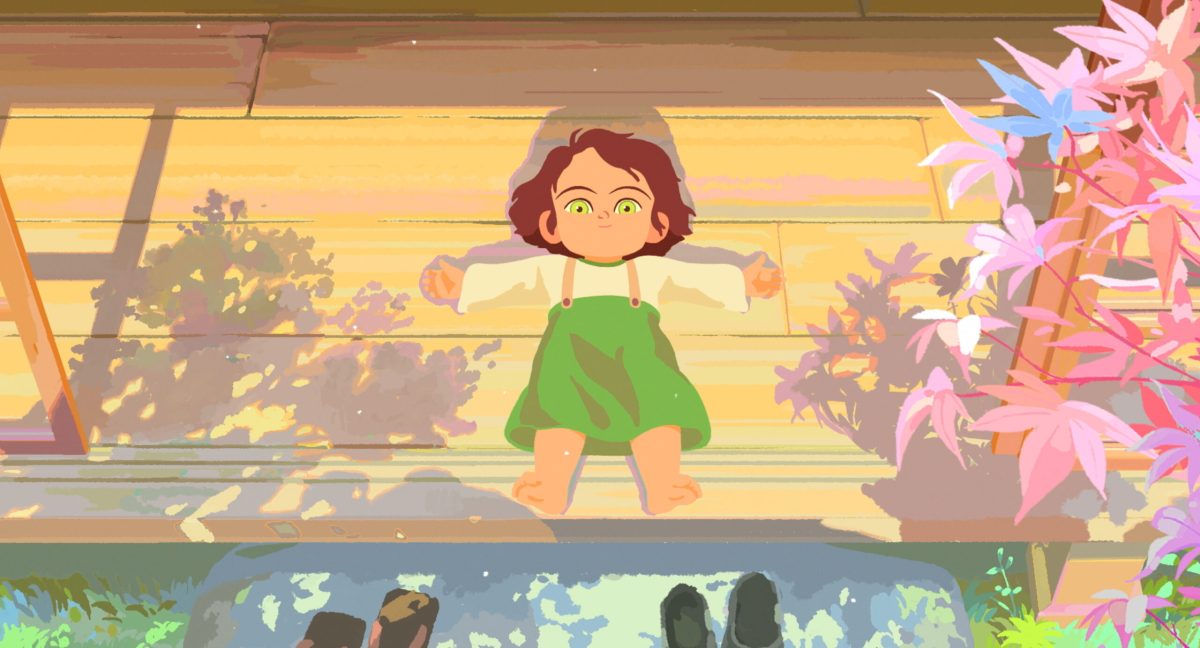
More Read: All 29 Pixar Movies (including Elio), Ranked from Worst to Best
There’s little suspense to the story, even amidst the appearances by Amelie’s tiresome older brother, which is ultimately a smart decision in avoiding the restrictions that come with a traditional narrative structure. Life rarely adheres to the parameters of a three-act structure, and the process of pattern recognition and intelligent progression is lost on a young child who moves excitedly from one moment to another.
It wouldn’t be an insult to say that “Little Amélie or the Character of Rain” is best appreciated as vignettes that only indirectly mark the passing of time, and that its unfocused form is reflective of its main character’s mental vagueness. However, there are also inconsistencies with the use of a reflective narrator who looks back on her childhood. While at times there’s an implied notion that Amelie has come to understand the nature of her circumstances, there are also instances in which she is restrained by childhood observation.
If anything, “Little Amélie or the Character of Rain” could stand to be more deliberately unwieldy in collecting the scattered thoughts of a child raised within a unique culture, as Amelie does often attain a degree of omnipotence that seems unrealistic. As is often the case with films about children, “Little Amélie or the Character of Rain” can frequently be exhausting.
While the film deserves credit for showcasing the ways in which children retain no logic and rarely face consequences for misbehavior, it can be detrimental within a film that is so intent on being vivacious. Perhaps that’s too much to be asked of a film that is so clearly made with a personal touch, but “Little Amélie or the Character of Rain” also owes a lot of its stylistic attributes to the work of Hayao Miyazaki, particularly with its comparisons to “Kiki’s Delivery Service” and “My Neighbor Totoro.”
“Little Amélie or the Character of Rain” executes exactly what it set out to do, and does feature a splendid mix of artfully adventurous objects and environments, as well as some surprisingly nuanced character designs. There’s something to be said for a film that lasts all of 71 minutes without ever feeling unencumbered or underdeveloped; “Little Amélie or the Character of Rain” may not have a lot on its mind, but it certainly fulfills any promises made from its potential.



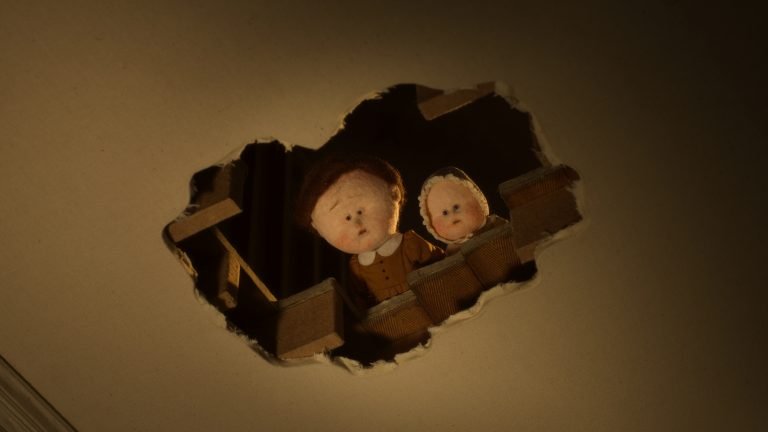

![There Is No Evil [2020] Review: Short films about Killing in Iran](https://79468c92.delivery.rocketcdn.me/wp-content/uploads/2021/06/There-is-No-Evil-768x432.jpg)
